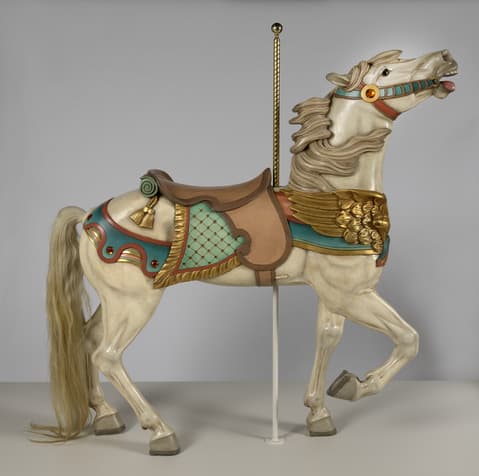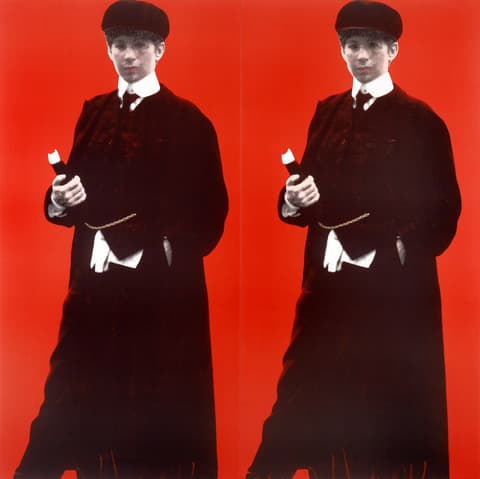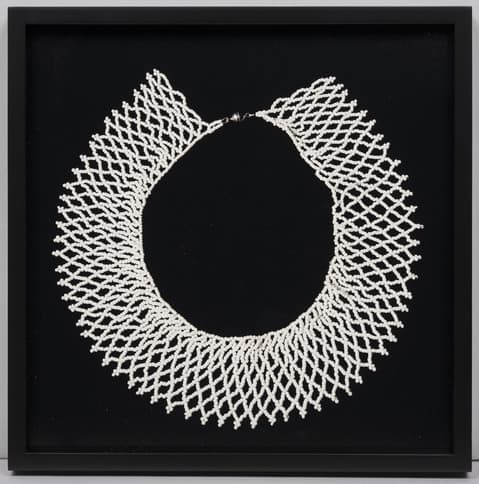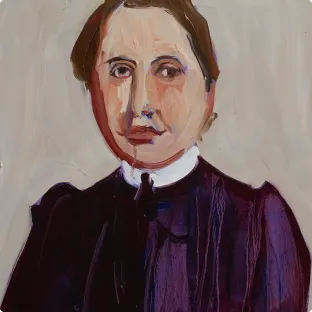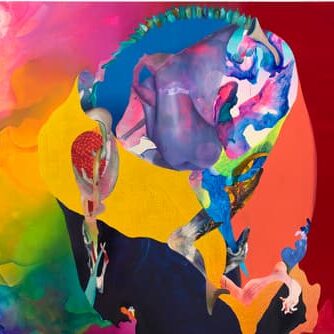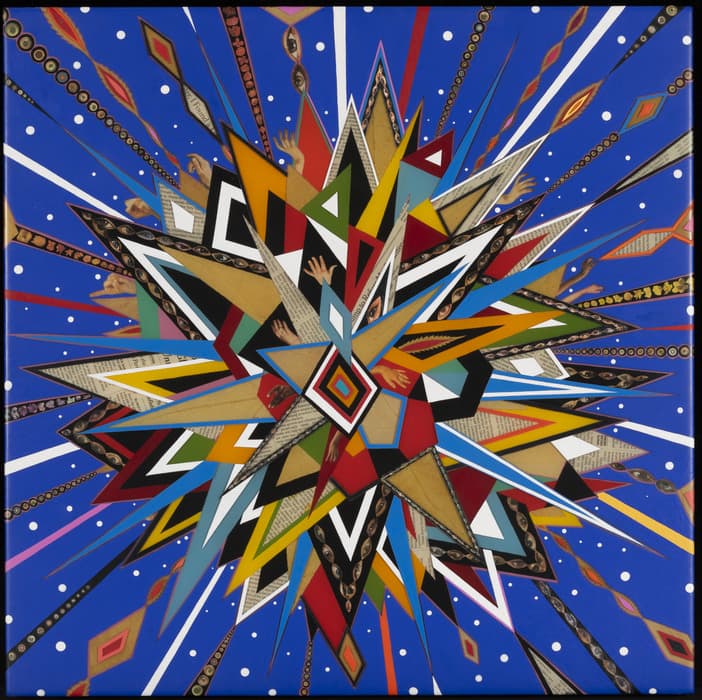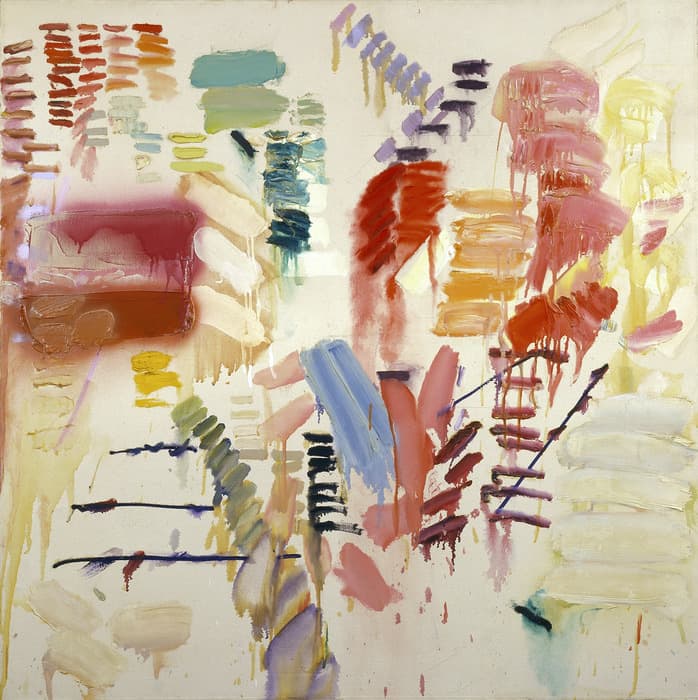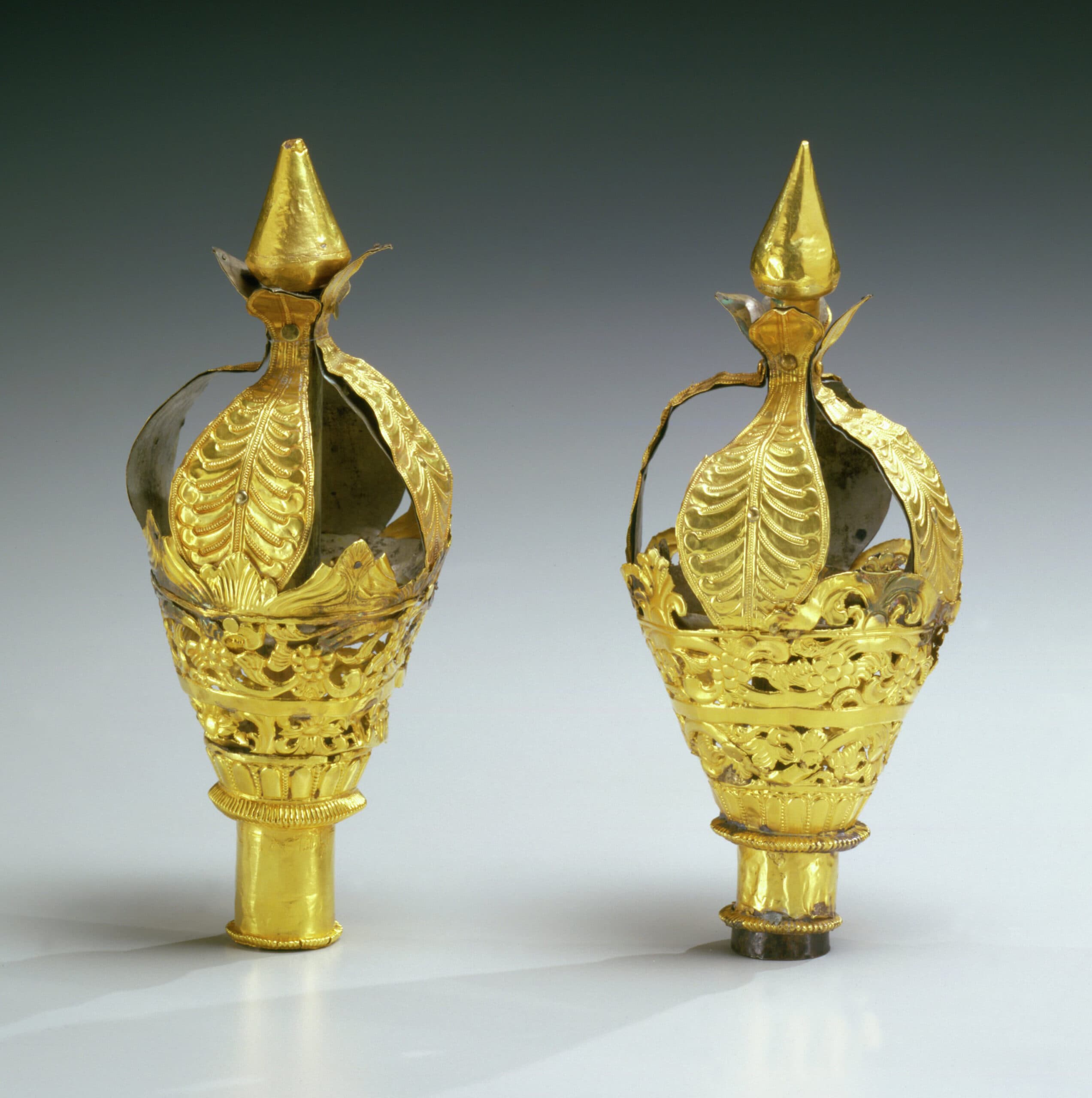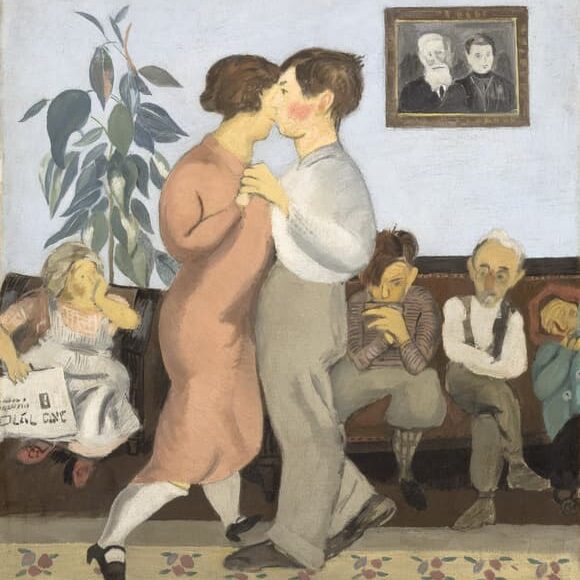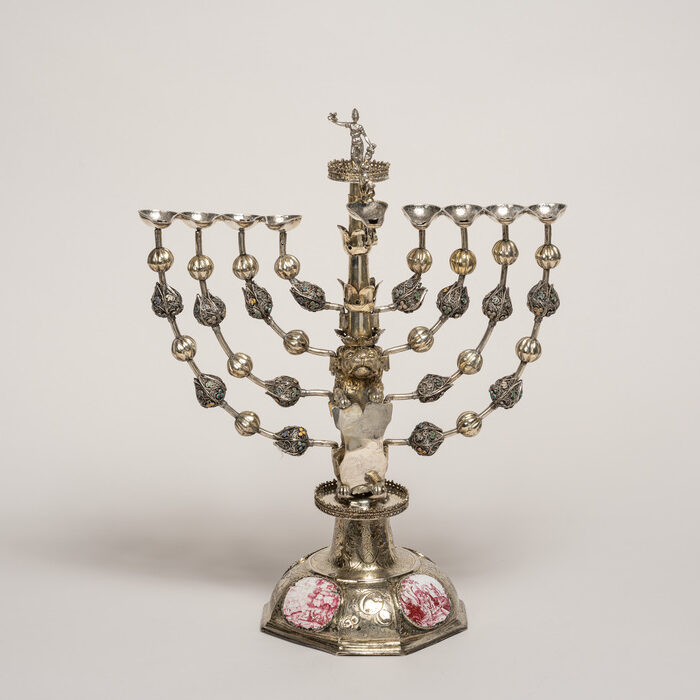Verbal Description Tour
For Visitors Who are Blind or Have Low Vision
Visitors who are blind or have low vision are invited to join us for a descriptive tour exploring the exhibition The Book of Esther in the Age of Rembrandt.
About the Exhibition:
In the age of Rembrandt van Rijn (1606 – 1669), the biblical Book of Esther was a key source of inspiration for diverse communities in Holland, both Jewish and Christian. Traditionally, the Esther story is read annually on the Jewish holiday of Purim. For immigrant Jewish communities living with new freedom in more tolerant Amsterdam, celebrating Purim—notably through finely produced Esther scrolls and theater productions—became meaningful expressions of Jewish culture. For the Dutch, Queen Esther’s heroism came to represent their emerging nation’s identity. Rembrandt and his contemporaries depicted essential scenes of Esther’s story in paintings, prints, drawings, and decorative arts. This exhibition gives expression to this full range of the Book of Esther’s popularity and meaning in Rembrandt’s time.
The Jewish Museum is committed to making its programs accessible to all. Please let us know if you need any additional accommodations.

